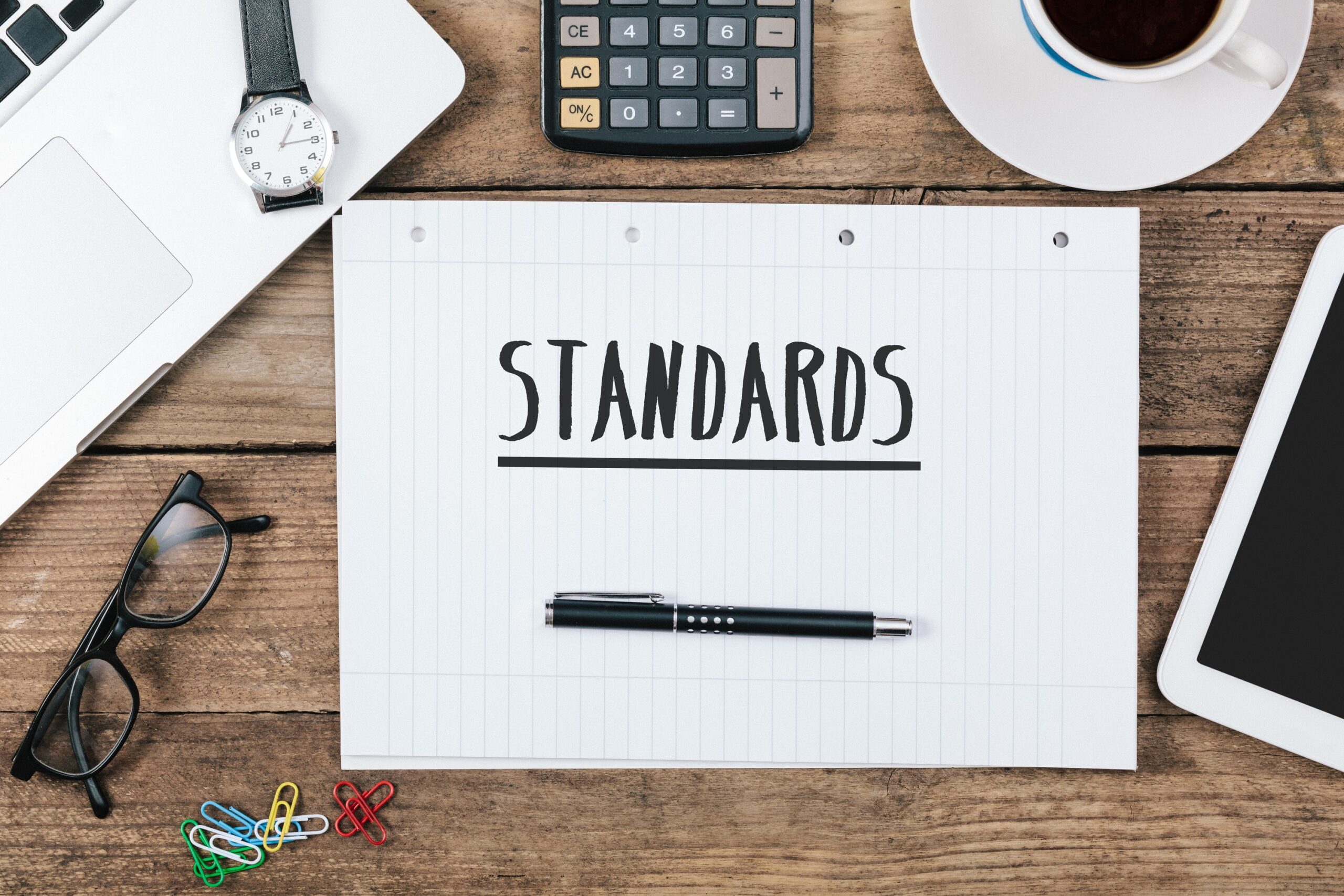What are the Legal Requirements for Captioning Spanish Video? The Federal Communications Commission, or FCC,…

Closed Captioning Standards for Online Video
Understanding Closed Captioning Standards for Online Video
The FCC Closed captioning standards are the guidelines that closed captioning companies follow to ensure their captions are high quality, consistent, and meet the needs of deaf and hard of hearing audiences.
The FCC Quality Standards require a certain level of accuracy, synchronization, and completeness, as well as specific onscreen placement.
FCC Closed Captioning Standards
The primary objective of the FCC closed captioning quality standards is to ensure that video programming is as “understandable to the non-hearing person as it is to the person who is able to hear the audio that accompanies it.”
The FCC further states that captioning is intended to “replicate the hearing listener’s aural experience.”
As of 2014, FCC closed captioning standards require that captions:
- Accurately reflect what is in the program’s audio track by matching the dialogue, music, and sounds, and identify the speakers
- Are delivered synchronously with the corresponding dialogue and other sounds at a speed that can be read by viewers
- Are complete for the entire program
- Don’t obscure important on-screen information and are not obscured by other information on the screen.
Let’s look at each of these a bit closer.
Accuracy
In order to be accurate, captions must match the spoken words in the dialogue, in their original language (English or Spanish), to the fullest extent possible. This includes conveying all words in the order spoken, without paraphrasing or substituting words for proper names and places.
Additionally, captions must use correct spelling (including appropriate homophones, such as “their,” not “there”) and grammar, and provide appropriate punctuation and capitalization to reflect natural linguistic breaks and the flow of the dialogue.
It is important that the captions do not rewrite dialogue, or use synonyms to replace actual dialogue because this fails to capture the program’s content and nuances. This includes when slang and grammatical errors are used in the program.
Lastly, captions must provide nonverbal information that is not observable, such as who is speaking, the existence of music, sound effects, and audience reaction, to the greatest extent possible.
Synchronicity
Captions must coincide with their corresponding spoken words and sounds to the greatest extent possible and must be displayed on the screen at a speed that can be read by viewers.
 This means that captions should begin to appear at the time that the corresponding speech or sounds begin and end approximately when the speech or sounds end. If a rebroadcast program is edited, the captions must also be edited to ensure they are still properly synchronized with the programming.
This means that captions should begin to appear at the time that the corresponding speech or sounds begin and end approximately when the speech or sounds end. If a rebroadcast program is edited, the captions must also be edited to ensure they are still properly synchronized with the programming.
Completeness
Captions must run from the beginning to the end of the program to the fullest extent possible.
Proper Placement
Captions should not block other important visual content on the screen, such as character faces, featured text (weather or other news updates), and other information that is essential to understanding a program’s content when the closed captioning feature is activated.
Appropriate caption placement also requires that caption font sizes are legible and adequately positioned so they don’t run off the edge of the video screen.
From Broadcasting to Online Video
The FCC closed captioning standards were developed for television programming but extend to online video programming via the 21st Century Communications and Video Accessibility Act (CVAA). As per the CVAA, all programming that is shown on TV with captions must be captioned when re-shown over the internet.
This goes for full-length programming, edited programming, short video clips, montages, and archived programming.
These standards are also used to ensure that closed captions meet ADA, Section 504, and Section 508 accessibility requirements. These laws all require captioning for deaf and hard of hearing people that provide an equal experience to that of a hearing person.
If the captions available on educational videos or company training videos were inaccurate, illegible, nonsensical, or incomplete, they would not be ruled as sufficient for providing accessibility to those with hearing disabilities.
All four of these components that make up the closed captioning standards of today are basic to providing individuals who are deaf and hard of hearing “with the same opportunity to share in the benefits provided by television programming that is available to others.”
To learn more, visit the FCC’s page on online video.



